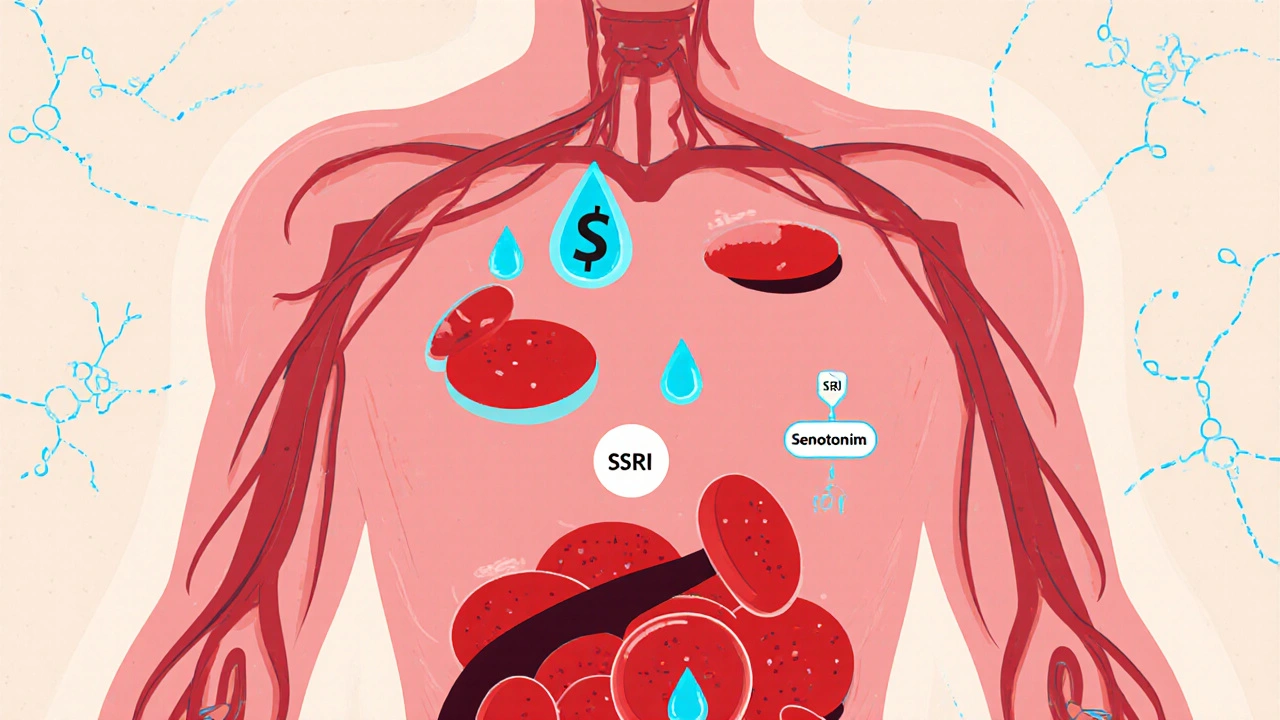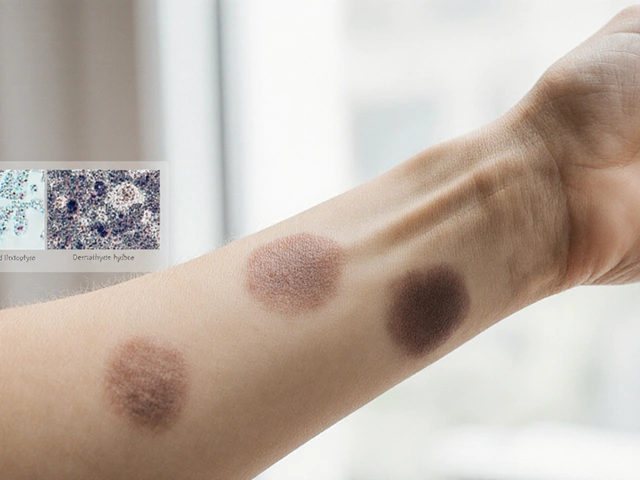Bleeding Risk: What You Need to Know About Medications That Increase It
When you take a medication, you expect relief—not a hidden danger. But bleeding risk, the chance that a drug or combination of drugs causes uncontrolled or dangerous bleeding. Also known as hemorrhagic risk, it’s not just about cuts or bruises—it’s about internal bleeding that can sneak up without warning. This isn’t rare. Every year, thousands of people end up in emergency rooms because their meds started working against each other, not with them.
Some of the biggest culprits are blood thinners, medications designed to prevent clots but that can tip the balance too far, like warfarin or rivaroxaban. Then there are NSAIDs, common painkillers like ibuprofen or diclofenac that irritate the stomach lining and thin the blood. Even aspirin, often seen as harmless, can stack up with other drugs to make bleeding more likely. And when you mix these with anticoagulants, drugs that slow down your body’s clotting system, the risk doesn’t just go up—it explodes. One study found that taking warfarin with an NSAID nearly doubles the chance of serious bleeding. It’s not theoretical. It’s in the records.
You don’t need to stop your meds. But you do need to know what’s in your medicine cabinet. If you’re on a heart pill, a pain reliever, or even a daily aspirin, ask: Could this be making me bleed? Are you taking more than one thing that affects your blood? Are you getting regular checks? The answers aren’t always obvious. That’s why so many people don’t realize they’re at risk until it’s too late.
Below, you’ll find real-world guides that break down exactly which combinations are dangerous, how to spot early signs of trouble, and what safer alternatives exist. No fluff. No jargon. Just clear, practical info from people who’ve seen the consequences—and know how to avoid them.

Bleeding Risk from SSRIs: How Platelet Dysfunction Increases Bleeding Danger
SSRIs can increase bleeding risk by reducing serotonin in platelets, impairing clotting. Paroxetine poses the highest risk; sertraline is safer. Learn who's most vulnerable and how to manage this hidden side effect.
View More




